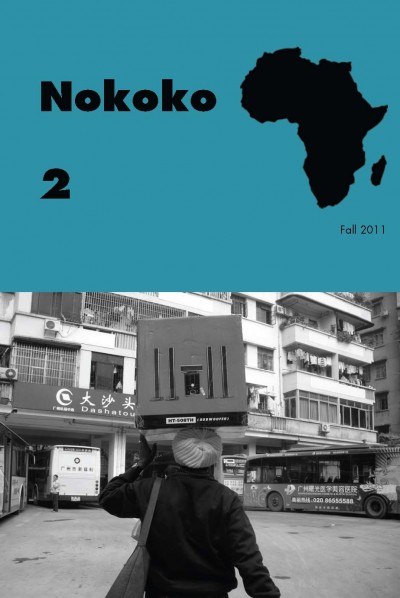Representing Mixed Race in Jamaica and England from the Abolition Era to the Present by Sara Salih (review)
Eighteenth-Century Fiction
Volume 25, Number 4, Summer 2013
pages 777-780
DOI: 10.1353/ecf.2013.0025
Nicole N. Aljoe, Assistant Professor of English
Northeastern University
Sarah Salih, Representing Mixed Race in Jamaica and England from the Abolition Era to the Present (London, New York: Routledge, 2010)
Sara Salih offers a welcome and rigorous analysis of the relationships among the development of the law, notions of subjectivity, and discourses of race and sexuality in the eighteenth and nineteenth centuries in England and Jamaica. This book makes a productive contribution to ongoing critical conversations about the complexity and nuance of race in the British past by responding explicitly to David Scott’s suggestion that we consider more carefully the stories we assume we know, particularly about slavery. One such story concerns the mulatto and his/her tragic outsiderness as exemplified in the trope of “tragic mulatto.” Numerous scholars, including Werner Sollors and Eve Raimon, have explored this trope within the context of the United States, and Salih’s study builds on this work and extends it by considering representations of mixed-race individuals in the British-Jamaican context. In addition, by making clear the different ways in which the mulatto was treated and represented outside of the US context—for example, noting that neither interracial sex nor marriage were ever outlawed in Jamaica or England, unlike in the United States—Salih’s study offers a corrective to uncritical conflation of the distinct cultures of enslavement. Most specifically, her study reveals the ways in which, in the British-West Indian context, although mulattos were frequently figured as being inside particular aspects of national and subject-constituting discourses—mulattos could “pass” for white, and in the eighteenth century they could legally petition to be designated as white—they were simultaneously and persistently represented as isolated and “firmly outside the heterorepronormative narrative paradigm” (125).
This book is invested in illustrating the “processes of normalization and the consolidation of norms” about the legal status, nature, and character of mixed race individuals in Jamaica and England from the eighteenth century through the twentieth century by considering cultural representations alongside juridical and colonial documents. Salih argues that all of these texts—the fiction, nonfiction, legal writings, and judicial statutes—contribute dialogically to creating and sustaining societal norms and subjects. The study traces the ways in which these texts inform the legal identity “mulatto” that eventually comes to be defined and understood as a cultural/political identity. In tracing this movement, she is “less interested in ‘race’ as interiority and affect than in the specific ways in which it is produced and enacted legally and performatively” (123–24). And although the study scrupulously sets itself against those studies of race in the eighteenth century that deal with questions and issues of identity, it is best seen as a complement to these other studies. In particular, by attending to the ways in which discussions of the mulatto were also discussions of interracial sex, Salih illuminates the impact of sexuality on notions of race.
Salih begins her close readings with Marly, an 1828 novel about a Jamaican slave plantation. After providing an intriguing reading of the relationship between fiction, the law, and power grounded in the novel’s initial image of a slave driver exchanging his whip for a pen (56), Salih outlines how the novel, by offering fiction as well as history in its description of life on the plantation, contributes to the creation of societal norms. In so doing, according to Salih, novels can reveal “narrative investment in the disciplining of subjects” (57). For example, society wants mixedrace women to disappear, and hence they are novelistically relegated to the background. However, the novel Marly also reveals the complicated positioning of mixed-race individuals. Although women are relegated to the background, a mixed-race man is foregrounded in a chapter in which he offers a long harangue on how similar brown or mixed-race people are to whites and therefore should be allowed more freedoms in Jamaica (68–70). Although the brown man gets to proclaim his proximity to whiteness, at the end of the novel he too is isolated like the brown women, Salih argues, and is placed in a non-reproductive category.
The study then moves to a reading of The Woman of Colour (1808), edited by Lyndon Dominique for Broadview Press (2007). Salih addresses how in the novel, despite a positive representation of Olivia (its interracial character), she too is isolated and unmarried…

